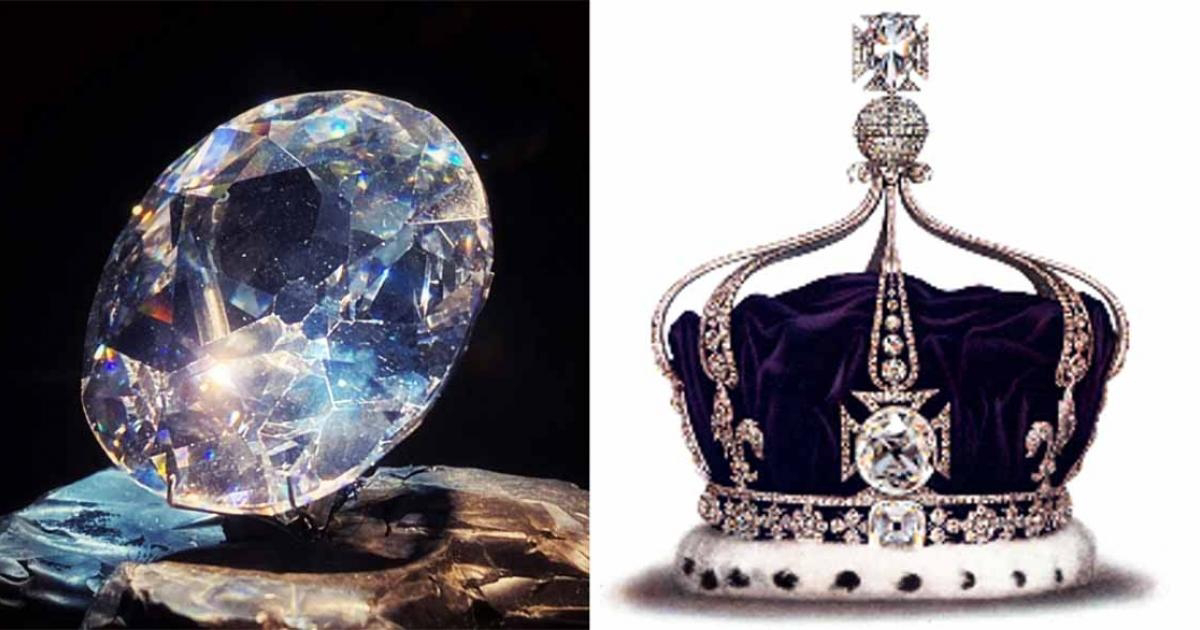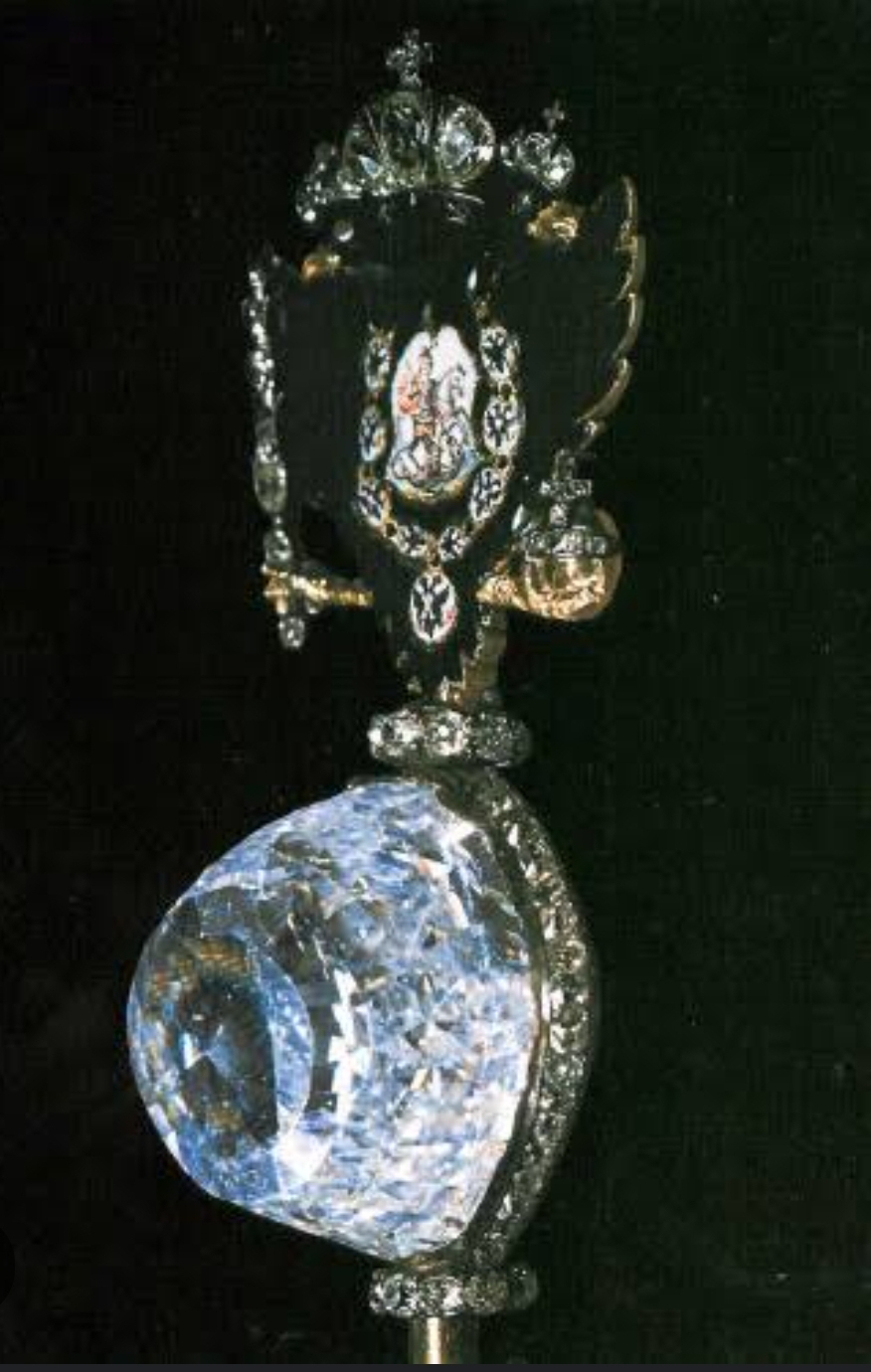The Diamonds of Golconda: History, Famous Gems, and Forgotten Fortunes
The Diamonds of Golconda: History, Famous Gems, and Forgotten Fortunes
🪨 Origins of Diamond Mining in Golconda
Ancient Beginnings
India was the only known source of diamonds until the 18th century, and the Golconda region in the Deccan Plateau played a central role.
References to diamond mining in this region appear in ancient Sanskrit texts as early as 300 BCE, highlighting its longstanding importance in global gem history.
📖 Source: Southern Jewelry News
The Diamond Belt of the Deccan
The diamond-rich region historically known as Golconda spanned over 210 miles in length and 95 miles in width, covering large parts of present-day Telangana and Andhra Pradesh.
This area included legendary mines like Kollur and Paritala.
📖 Source: GIA 4Cs
👑 Qutb Shahi Dynasty and the Rise of the Diamond Trade
Strategic Rule (1518–1687)
The Qutb Shahi dynasty, which ruled from Golconda, transformed the region into a powerful political and commercial hub.
Their administrative stability and international outlook encouraged large-scale mining operations.
📖 [Source: Internet Archive]
Mining Flourishes
During their reign, more than 20 active diamond mines were in operation.
These included both surface and underground mining methods tailored to the terrain and geology.
📖 [Source: GIA 4Cs]
Golconda’s Global Economic Reach
The wealth generated from diamonds attracted traders from Europe, the Middle East, Persia, and beyond.
Golconda quickly became a gem of the global trade system.
📖 [Source: History Unravelled]
💎 Golconda Fort: The Heart of the Diamond Trade
The Marketplace Within the Fort
Golconda Fort wasn’t just a military bastion — it housed a bustling diamond market.
Merchants came here not only to buy and sell. It was here in Golconda, that diamonds were cut, polished, and enhanced for greater value.
📖 [Source: Wikipedia]
Trade Networks Across Continents
Located strategically between the bustling ports of Surat on west coast and Machilipatnam in east coast, Golconda was perfectly placed on the established trade route.
This strategic placement allowed it to export diamonds through these coastal ports to Europe, the Ottoman Empire, and Southeast Asia.
📖 Source: The Soul Trails
🔗 Diamond Supply Chain in Golconda
-
Mining Techniques: Mining methods ranged from open-pit excavation to tunneling, depending on soil depth and rock hardness.
-
Processing Centers: Mined diamonds were transported to Golconda Fort for cutting, polishing, grading, and certification, ensuring both value and trust.
-
Global Distribution: Finished gems moved through Persian Gulf ports, onto Europe via land and sea, especially through merchant groups like the Banjara traders.
📖 [Source: GIA 4Cs]
💠 World-Famous Diamonds from Golconda
Some of the most legendary diamonds in the world trace their origin back to Golconda:
-
💎 Koh-i-Noor – 105.6 carats; now part of the British Crown Jewels.
-
💎 Hope Diamond – 45.52 carats; exhibits a rare deep blue color, now housed at the Smithsonian Institution.
📖 Source: Berganza
-
💎 Regent Diamond – 140.64 carats; on display at the Louvre Museum in Paris.
📖 [Source: IAJA]
-
💎 The Daria-i-Noor Diamond. The Daria-i-Noor was an approximately 182-carat, pale pink diamond.
It was once part of the Mughal treasury and was taken to Persia by Nader Shah in 1739.
It is now part of the Iranian Crown Jewels.
📖 [Source: Wikipedia]
-
💎 Princie Diamond – 34.65 carats, pink; auctioned at Christie’s in 2013 for $39.3 million. It is believed to be the 4th largest pink diamond after the Daria -e- Noor and the Noor El Ain.
📖 [Source: Wikipedia,]
- 💎 The Akbar Shah Diamond- is an 116-carat, pear-shaped diamond that was part of the Mughal Empire's treasure. It's was known for its two Persian inscriptions: one commemorating Shah Akbar and the other, Shah Jahan (source - Lang Antique & Estate Jewellery). The diamond was reportedly set in the original Peacock Throne. It is possible that Nadir Shah may have taken the diamond during the sack of Delhi in 1739. It was resurfaced in Istanbul as the Shephards Stone and was purchased in 1886 by a London merchant, George Blogg, who recut it to 71.70 carats, in the process destroying the valuable inscriptions. With its historical record obliterated, Blogg sold the much lighter, inscription-less, and, historically speaking, less valuable diamond for £35,000 to Mulhar Ray, Gaekwar of Baroda. The stone was then hidden away in his treasury. While it may or may not have changed hands once again, the Akbar Shah diamond has remained concealed from public view. (source)
- 💎 The Great Mogul Diamond - The Great Mogul Diamond, discovered around 1650 in the Kollur Mine of Golconda, weighed 787.5 carats and was gifted by Mir Jumla to Emperor Shah Jehan. It was reportedly unmatched in size and beauty, it was entrusted to Venetian lapidary Ortensio Borgio for cutting who significantly reduced its size. Though enraged, Shah Jehan spared his life, instead fining him for his failure and destroying the value of the gem. The gem was possibly carried away by Nadir Shah, who was assassinated later and nothing was heard of the stone since. Its current state and whereabouts are unknown, but it may have been recut into the Orlov Diamond, the Kohinoor, or possibly smaller diamonds. Source
- 💎 The Orlov Diamond -The Orlov Diamond is a rose-cut gem from India, weighing nearly 200 carats. It is shaped like half an egg, with a domed, faceted surface and a nearly flat underside. One account claims that the diamond may be the long-lost Great Mogul diamond, which came into the possession of Nader Shah, the king of Persia. However, after his assassination, the diamond was supposedly stolen and sold to an Armenian millionaire named Shaffrass. In 1774, Count Grigory Grigoryevich Orlov purchased the stone and gifted it to Empress Catherine the Great in an unsuccessful attempt to win back her favor. Catherine had the diamond mounted in the Romanov imperial sceptre. Today, it remains part of Russia’s Diamond Fund in Moscow, which houses the former tsarist regalia.
- Source (Encyclopedia Britannica – Orlov Diamond)
- 💎 The Nizam or the Jacob Diamond - The Jacob Diamond was a 184.75-carat, cushion-cut, colorless stone. It was purchased by the Nizam of Hyderabad, who famously used it as a paperweight. The Jacobs Diamond is now held by the Reserve Bank of India.
- 💎 The Dresden Green Diamond (possible Golconda origin) - The Dresden Green Diamond was a 41-carat, natural green, pear-shaped stone. It was believed to have been mined in Golconda, though this remains debated. It is now housed in Dresden Castle as part of the historic Green Vault collection
- 💎 The Wittelsbach-Graff Diamond - The Wittelsbach-Graff Diamond was a 31.06-carat, deep blue, internally flawless diamond. It was once part of the Austrian and Bavarian crown jewels, having been gifted to the Habsburgs in the 17th century. It was recut in 2008 by jeweller Laurence Graff to improve its clarity, sparking controversy among historians. It is now a privately held gem of exceptional historical and gemological value. Source (GIA on the Wittelsbach-Graff)
📉 Decline of the Golconda Diamond Industry
Depletion and Competition
By the early 19th century, Golconda’s diamond mines were largely exhausted. In parallel, Brazil’s diamond discoveries in the 1720s ended India’s global monopoly.
📖 [Source: Only Natural Diamonds]
A Fading Jewel
As mining dwindled, Golconda's prominence as a diamond center gradually declined. The once-thriving marketplace faded into history, leaving behind a legacy buried in stone.
💬 Why Golconda Still Matters Today
Golconda’s diamonds continue to mesmerize gemologists, historians, and collectors around the world. These jewels are not just precious stones — they are symbols of empire, innovation, and global trade from a forgotten time.
💎 Which Golconda diamond fascinates you the most? Share your thoughts in the comments!
📚 References & Resources
📷 All picture credits are given in separate list. All copyrights belong to original picture owners.













Comments
Post a Comment